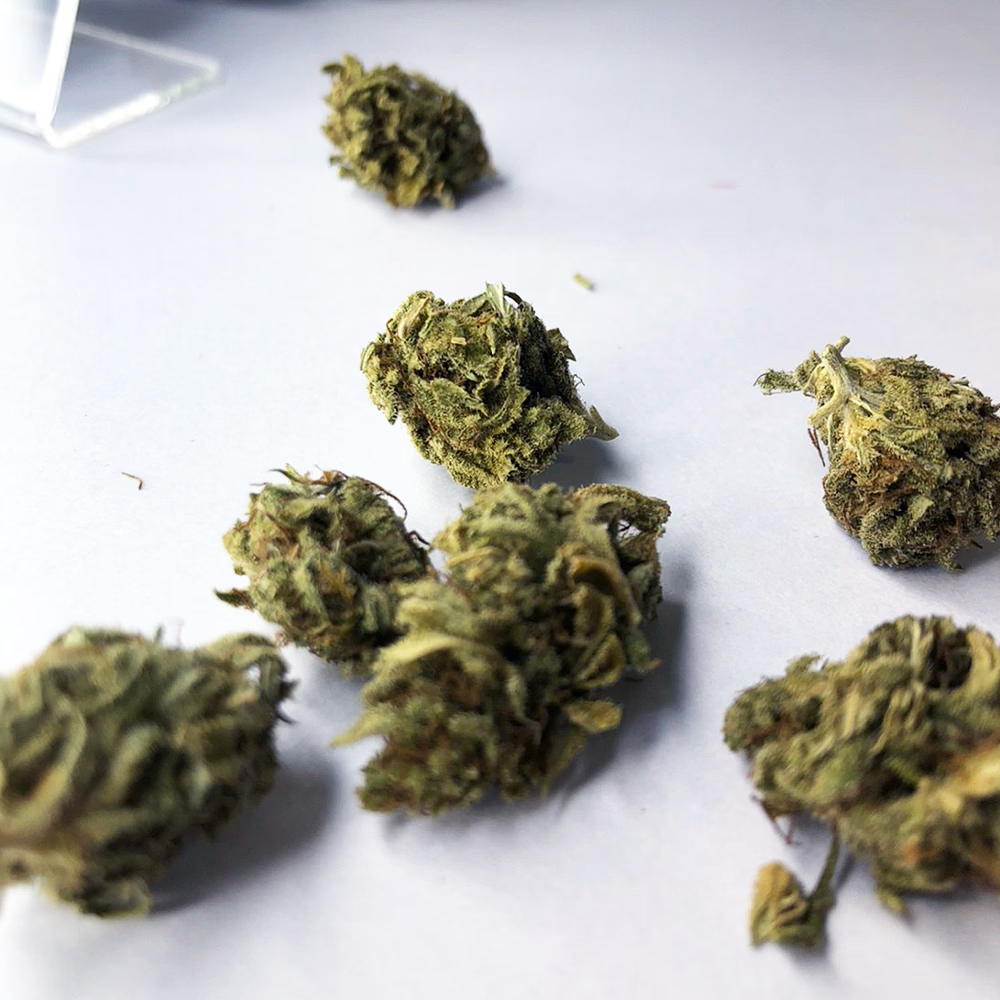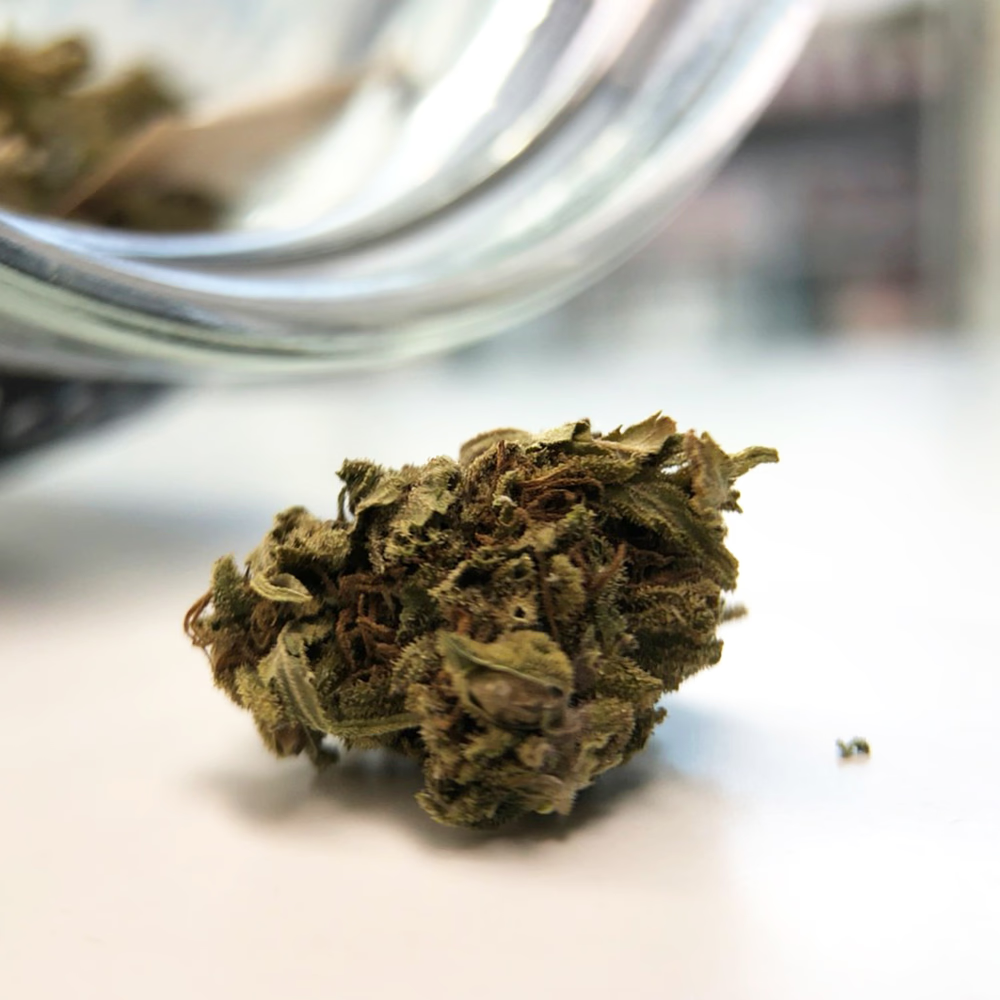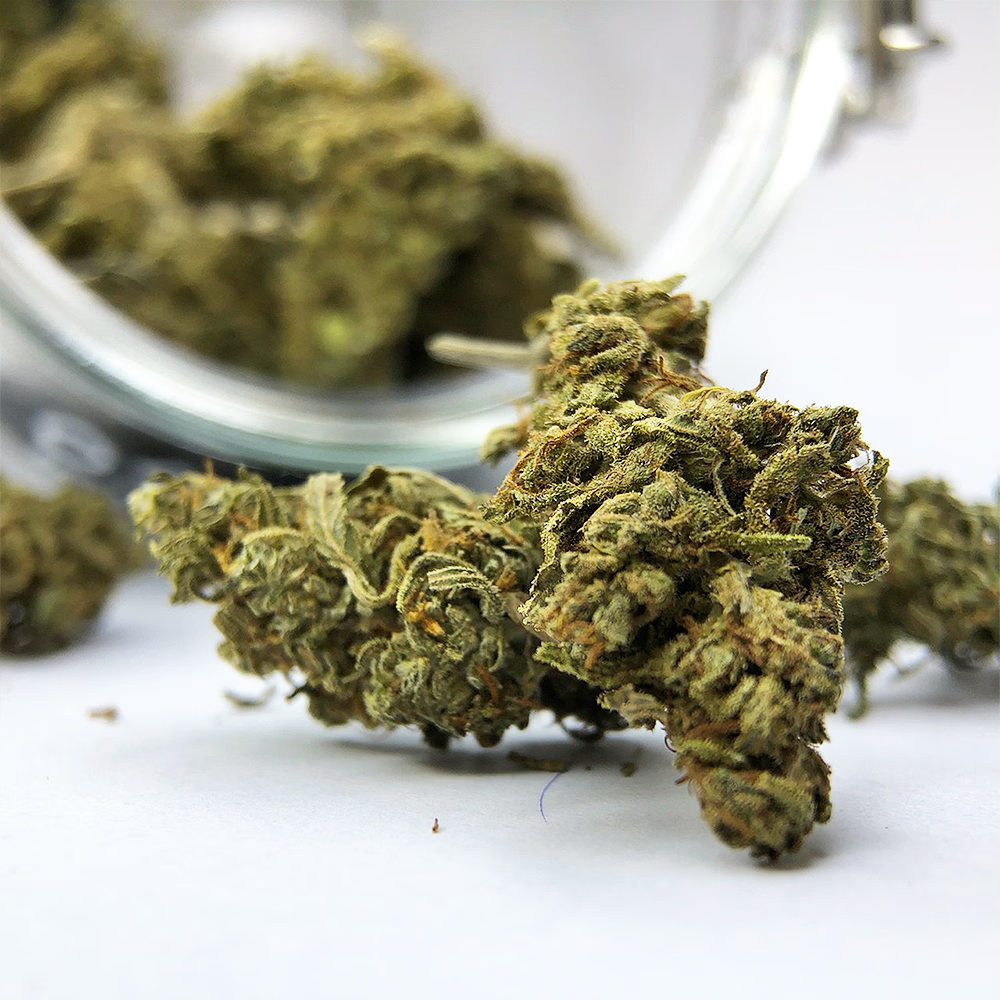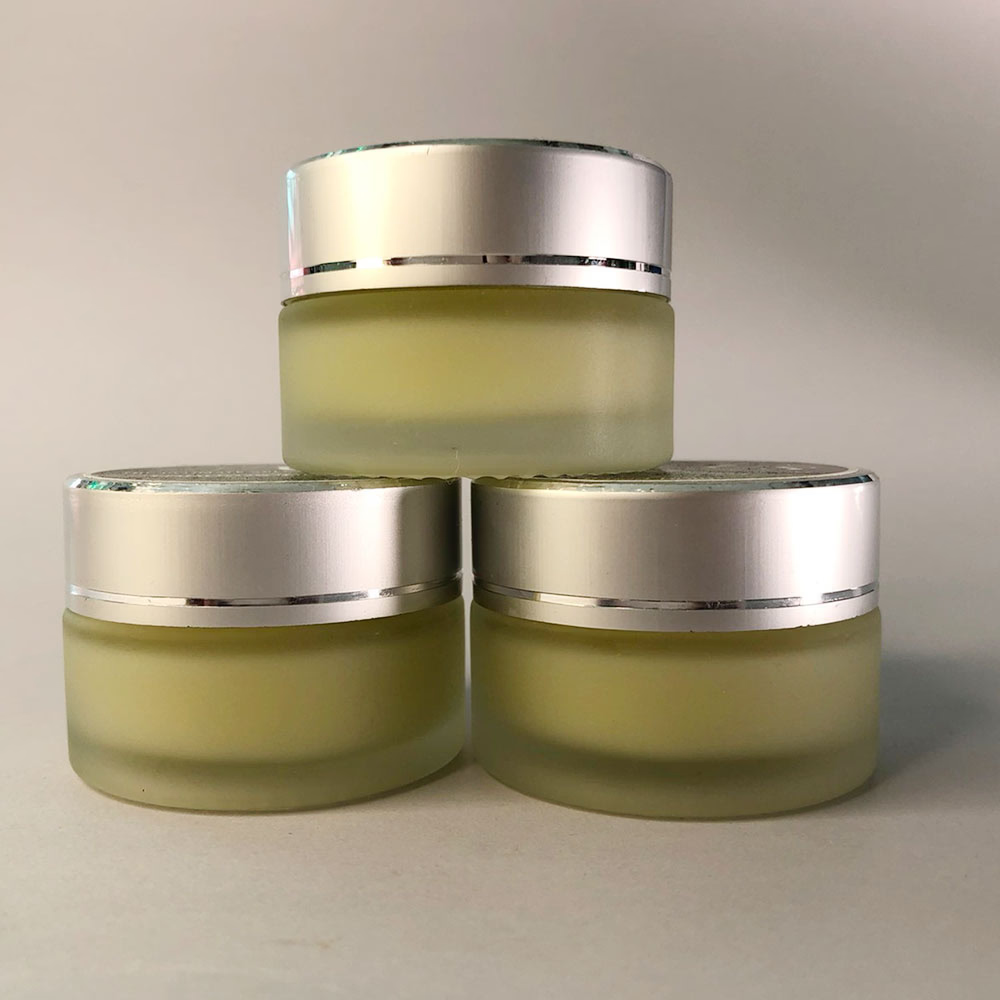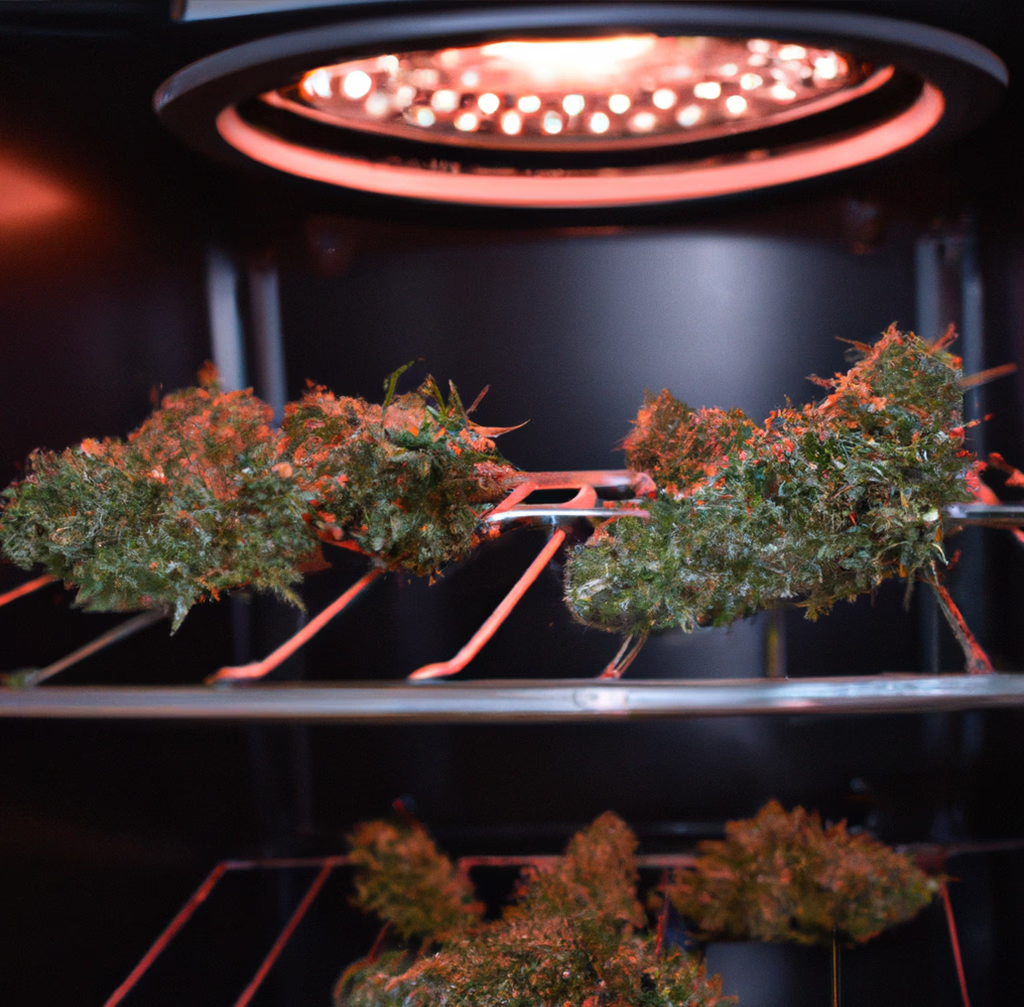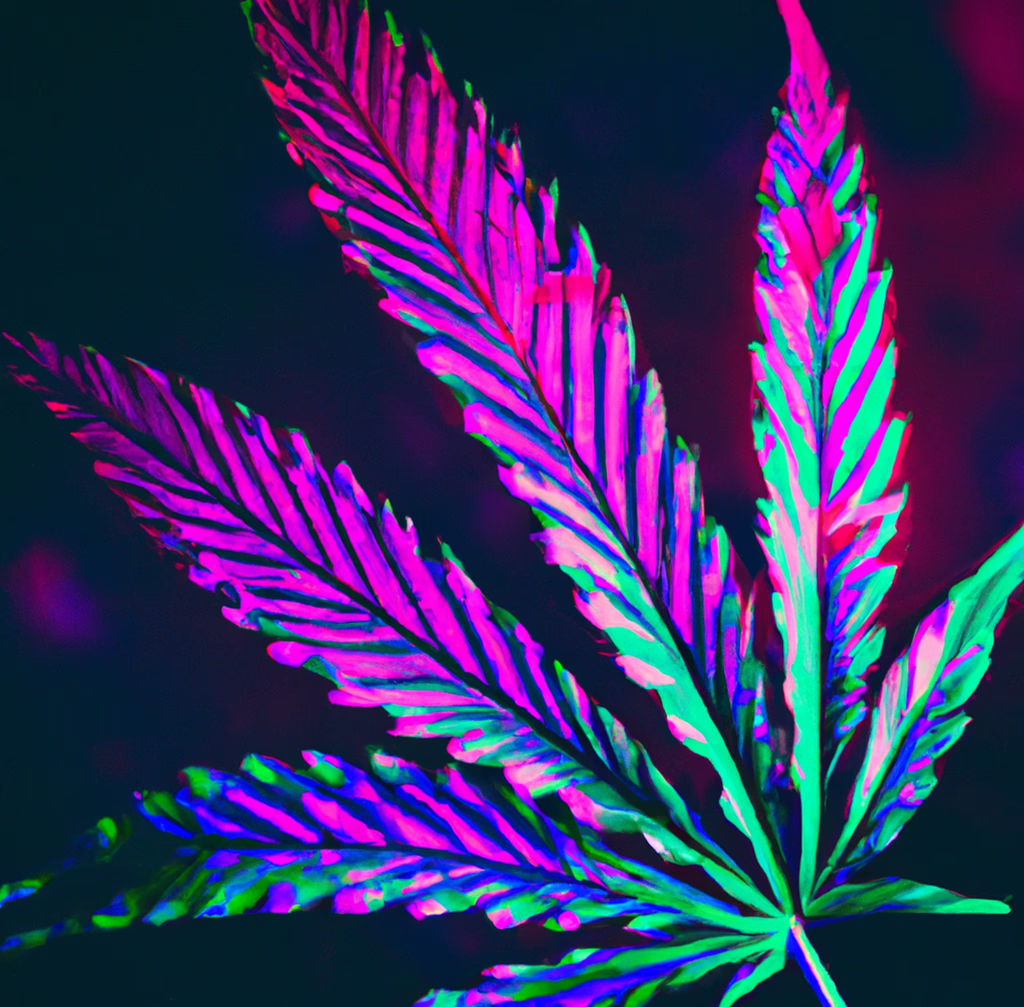Risks to Your Health From Cannabis and Hemp Consumption
Dangers Associated with Consuming Marijuana and Weed Cannabis and hemp plants are often associated and sometimes considered the same. However, hemp plants contain little to no THC, the psychoactive component in cannabis that gets users high, and are not associated with any psychoactive effects. Despite this, both cannabis and hemp plants are associated with several risks.
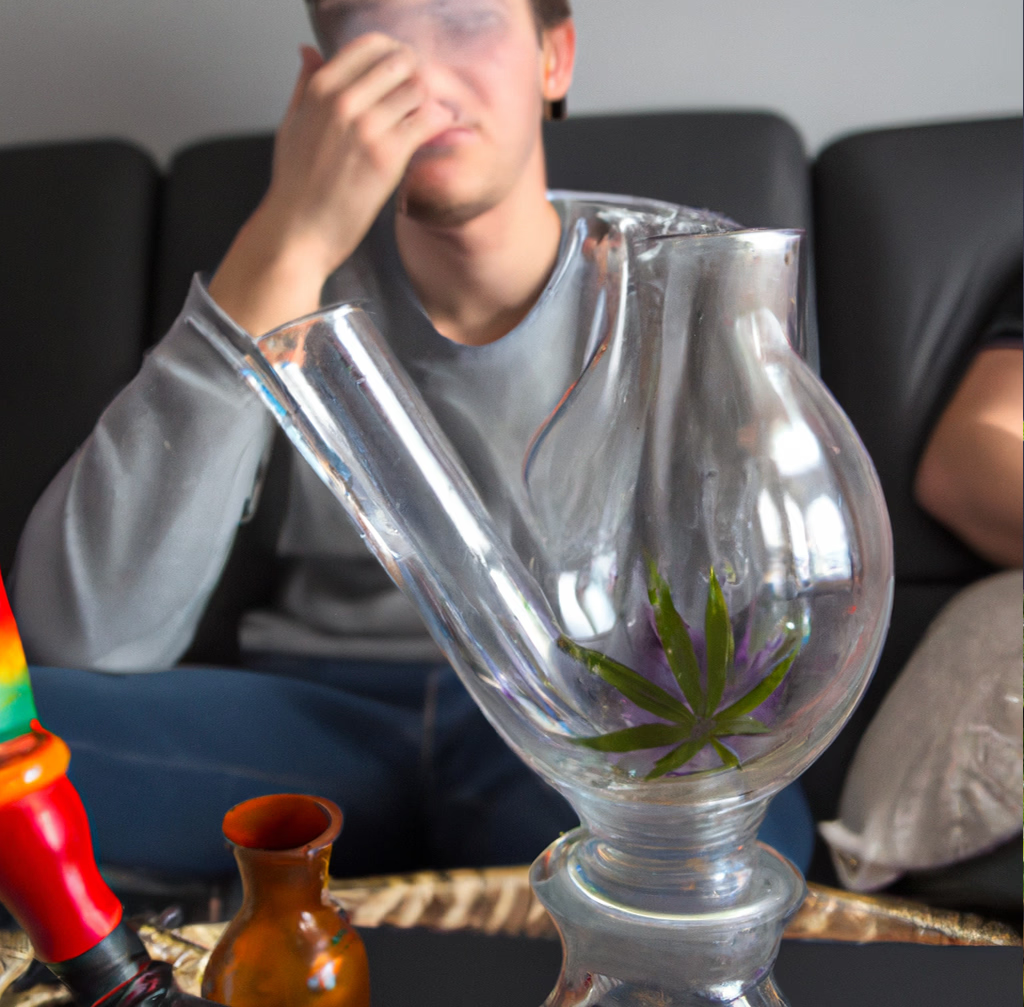
Cannabis
Cannabis plants contain THC, which can have several short- and long-term effects, both mental and physical, when smoked, vaporized, ingested, or applied topically.
Short-term effects of THC include:
Altered senses (for example, seeing brighter colors)
Anxiety
Coordination problems
Dry mouth
Euphoria
Increased appetite
Increased heart rate
Paranoia
Red eyes
Relaxation
Slow reaction time
Long-term effects of THC can include:
Addiction
Altered senses
Anxiety
Changes in brain structure and function
Coordination problems
Depression
Difficulty with memory and learning
Increased risk of lung infections
Intense cravings for cannabis
Psychosis
Reduced ability to think and problem-solve
Cannabis use can also result in psychotic episodes characterized by the following:
Agitation
Auditory and visual hallucinations
Delusions
Disorganized thinking
Fear or paranoia
These effects can significantly harm young people, as their brains are still developing.
Some of the risks associated with cannabis use include the following:
Accidents (for example, car crashes)
Cognitive impairment
Lower life satisfaction
Poor mental health
Psychosis
Cannabis use is also associated with several mental health disorders, including:
Anxiety disorders
Bipolar disorder
Depression
Psychotic disorders
Hemp
Hemp plants contain little THC and are not associated with psychoactive effects. However, hemp plants are still associated with several risks. Hemp plants can be a source of contamination if they are grown in contaminated soil. Contaminants can include:
Heavy metals
Pesticides
Herbicides
Hemp plants can also be a source of mold and mildew if they are not dried properly.
Mold and mildew can cause:
Allergic reactions
Asthma
Bronchitis
Irritation of the eyes, nose, and throat
Skin irritation
Hemp plants can also be a source of dust, which can cause:
Eye irritation
Nose irritation
Throat irritation
Hemp plants can also be a source of pollen that causes:
Allergic reactions
Asthma - hay fever
Finally, hemp plants can also be a source of chemical fumes that would give you:
Eye irritation
Nose irritation
Throat irritation
How to reduce risks linked with cannabis consumption
Cannabis and hemp are two of the most popular plants in the world. They are used for their medicinal and recreational properties. However, there are some health risks associated with these plants.
Cannabis and hemp contain THC, a psychoactive compound that gives users a “high” feeling. THC can also cause anxiety, paranoia, and psychotic symptoms in some people.
Cannabis and hemp also contain CBD, which is a non-psychoactive compound that has been shown to have medicinal properties. CBD can help to reduce anxiety, inflammation, and pain.
There are some steps that people can take to reduce the health risks associated with cannabis and hemp.
First, starting with a low dose and increasing gradually as needed is essential. This will help to minimize the risk of experiencing adverse side effects.
Second, choosing a product tested for purity and potency is essential. This will help ensure that you get a safe and effective product.
Third, it is essential to avoid using cannabis and hemp if you are pregnant or breastfeeding. Evidence shows that THC can pass into breast milk, and CBD can harm developing fetuses.
Fourth, it is essential to be aware of the interactions that cannabis and hemp can have with other medications. CBD can interact with some medicines, so speaking to a healthcare professional before using these products is necessary.
By following these tips, you can help to reduce the health risks associated with cannabis and hemp.
